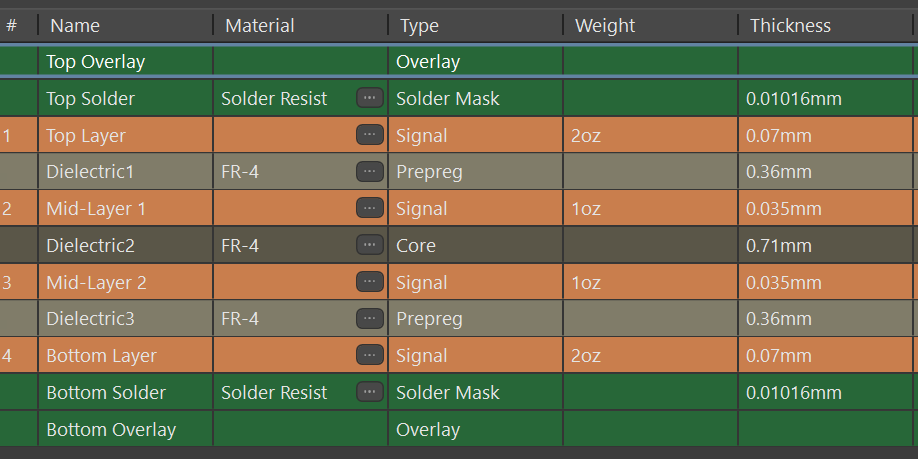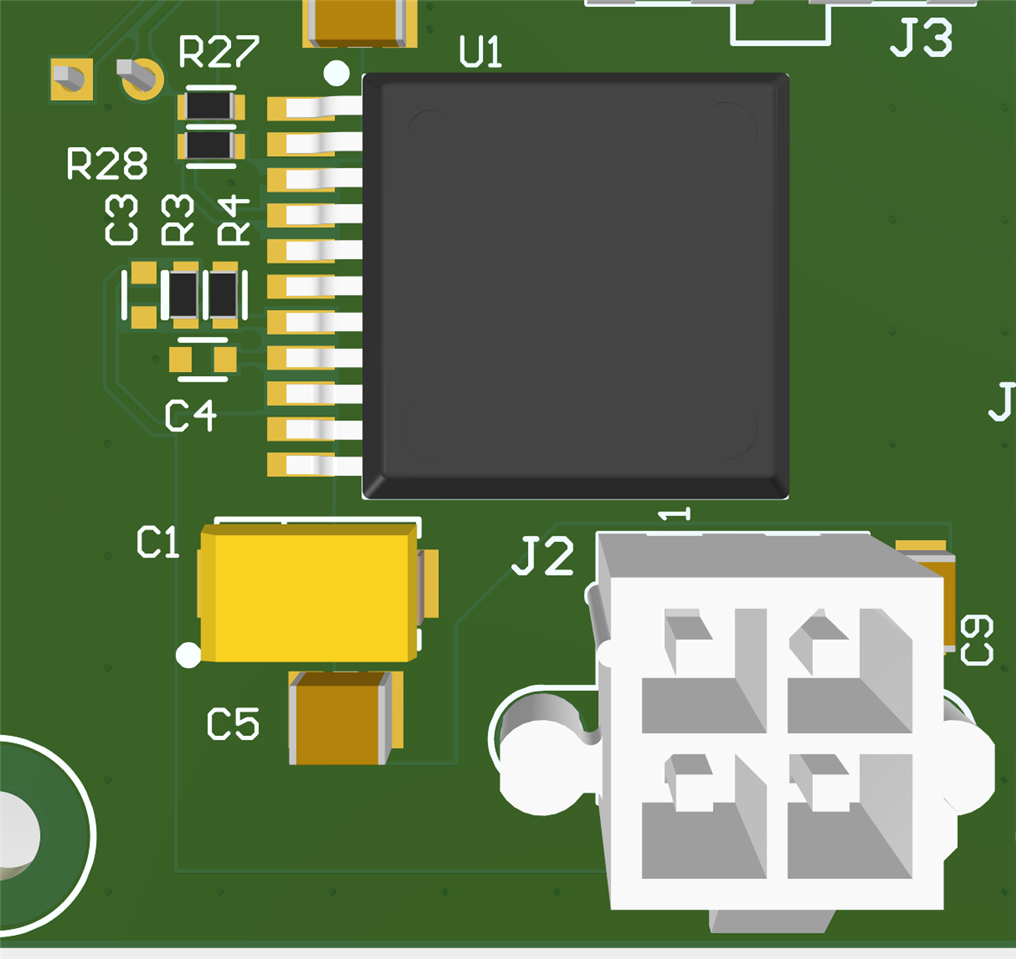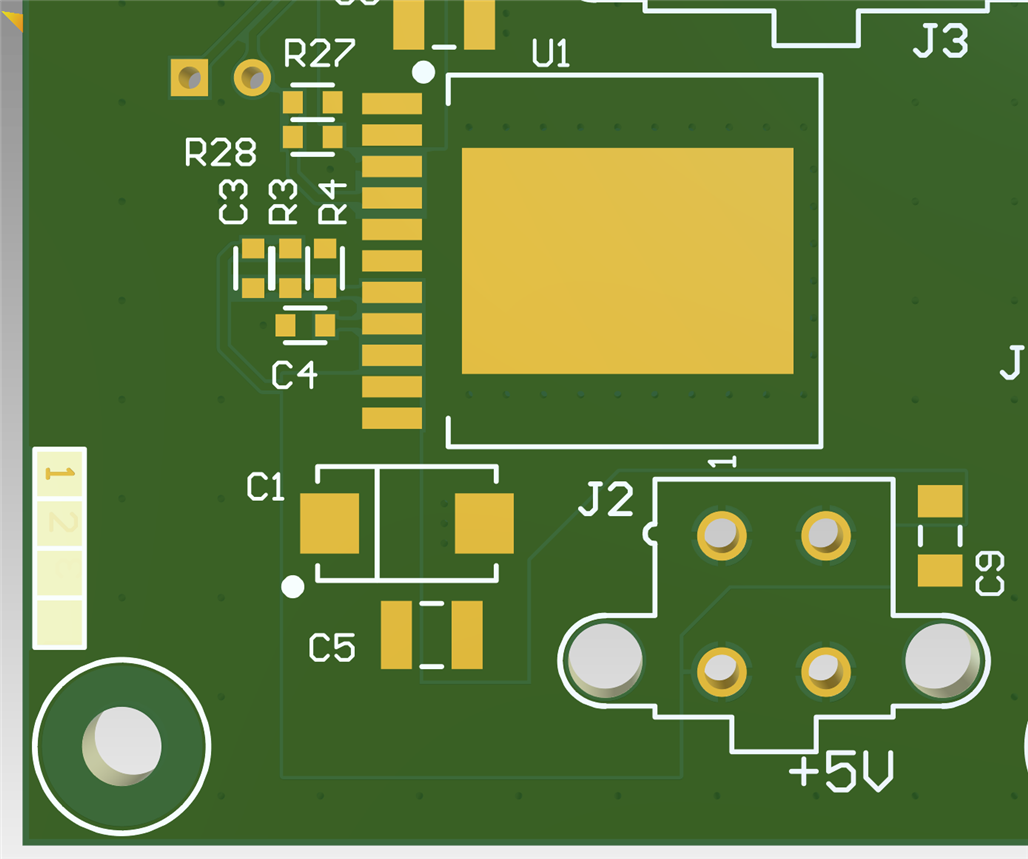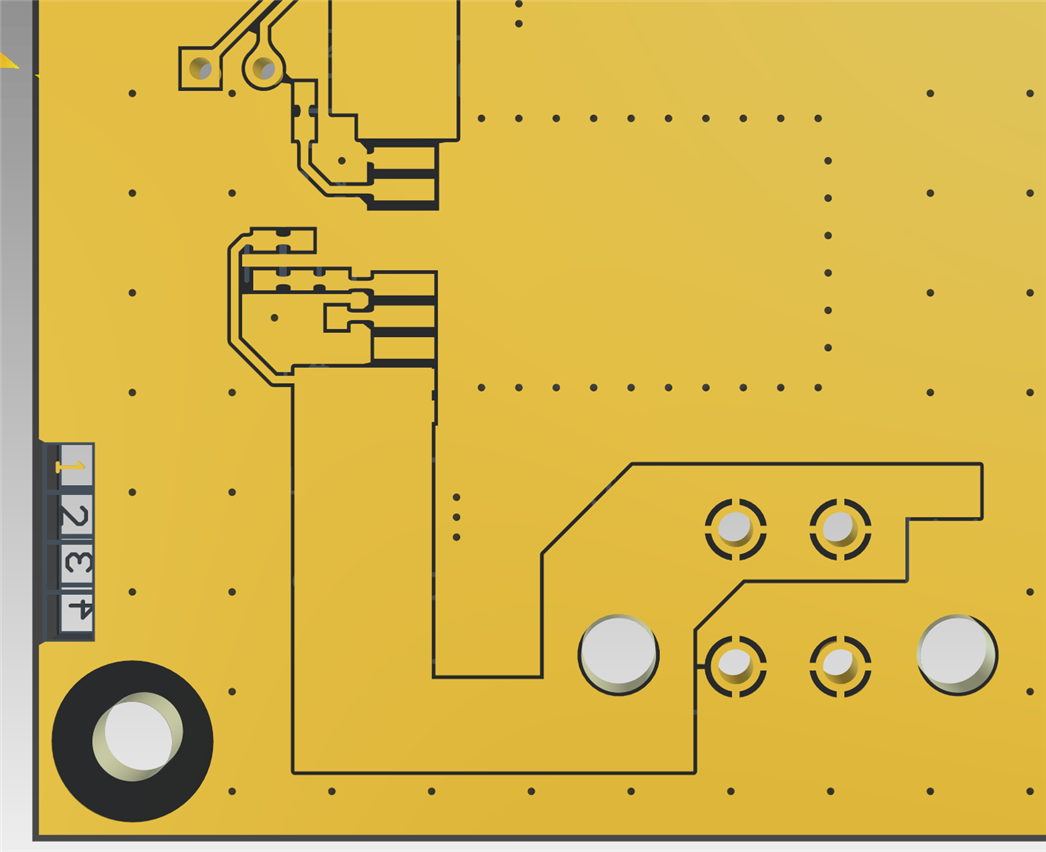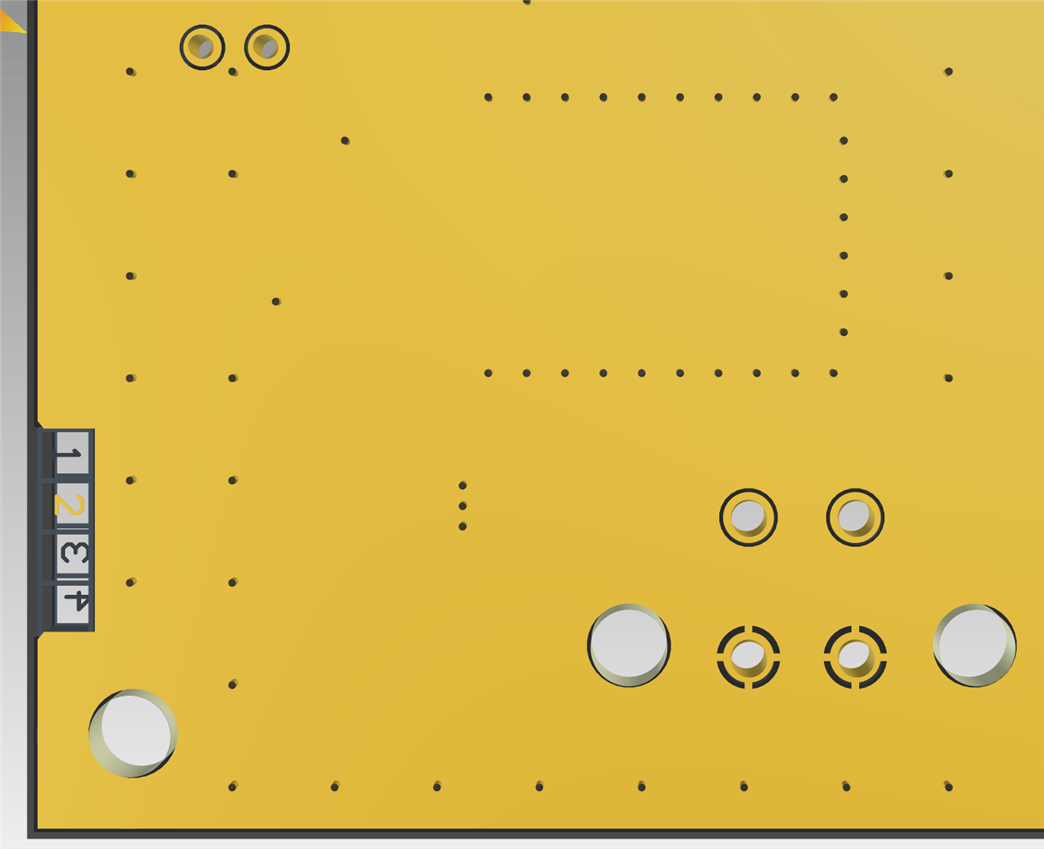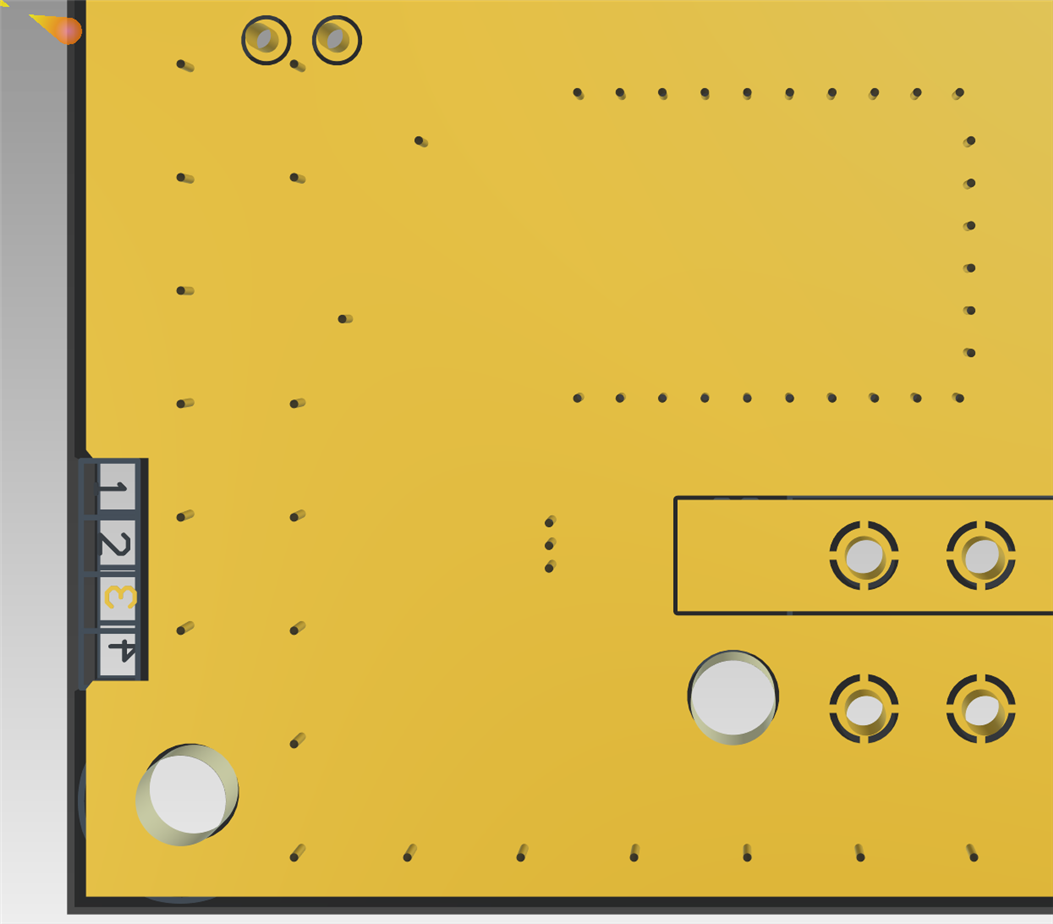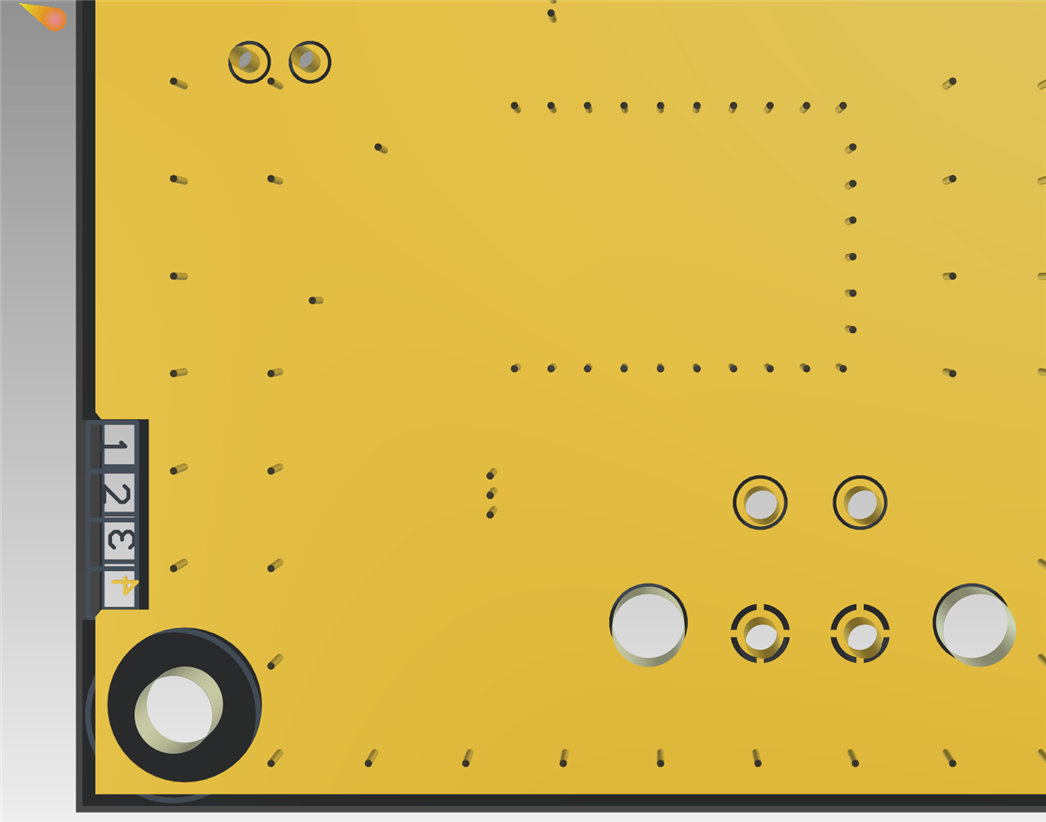Tool/software:
Hello,
I have an issue with a LMZ23608 Simple Switcher device that I have designed into a production board. At the moment, I only have one fault out of a batch of 50+ boards in the field so I am not too concerned, but I would like to know what the possible fault cause is.
Design
The device is designed to provide a regulated 5V supply from a fixed 24V DC input (provided by a separate AC/DC PSU). The circuit is shown below:

R3 and R4 provide feedback to give an output voltage of 5V. R27 and R28 provide an enable signal that ensures regulation only starts when VIN is >11.6V.
C1 and C5 provide the necessary output capacitance, C1 is Kemet part T520Y337M010AHE015 and C5 is Kemet part C1210C476K8RACTU.
All resistors are 1% tolerance.
Observations from failed PCB
- When 24V is applied to the PCB, the 5V rail reads ~4V output, as measured with a DVM. The same is observed with and without load. For test purposes, a 1A load provided by an electronic load device.
- Measuring the FB node (pin 7), the voltage here reads ~660mV and not the 800mV expected from the datasheet.
- Leaving the power supply connected for a short while, the output voltage steadily increases as does the voltage at the FB node.
- Spraying the device and surrounding parts with freezer spray does not affect the output behaviour at all.
I've attached three oscilloscope captures showing the behaviour over time. Yellow trace is the FB node, measured directly at the pin using a tip and barrel connection to the board to minimise loop inductance. Blue trace is the output from the device.
Figure 1: No load on output:

Figure 2: 1A load on output.

Figure 3:
1A load on output, 5V output rail is AC coupled to show ripple behaviour.

A normal device on the same PCB design does not exhibit this behaviour and has a ripple voltage of ~50mV pk-pk.
Questions
What could cause the observed behaviour?
Has the internal reference been damaged inside the LMZ23608?
Are there any other tests I can perform to diagnose this issue further?
Thanks for your help in advance.
Regards,
Simon


